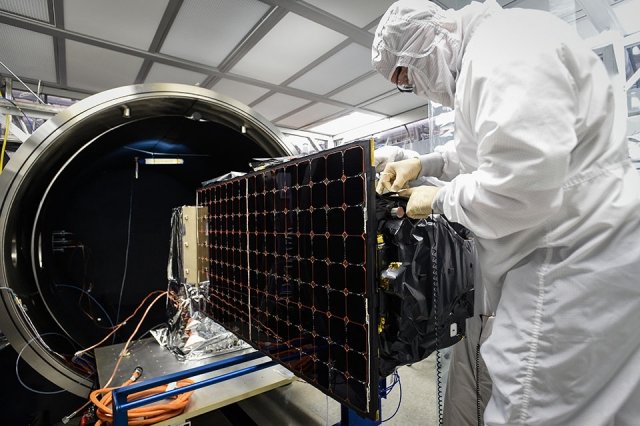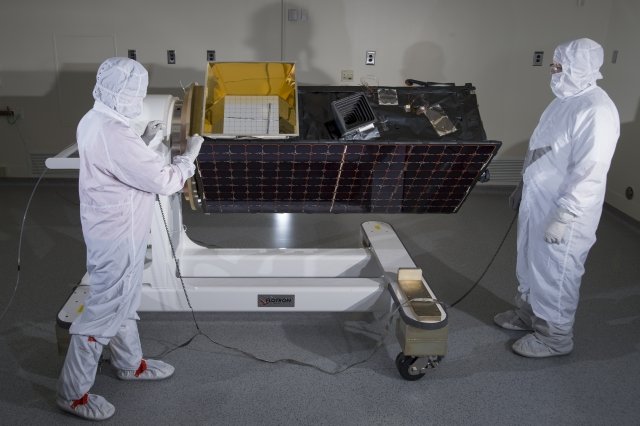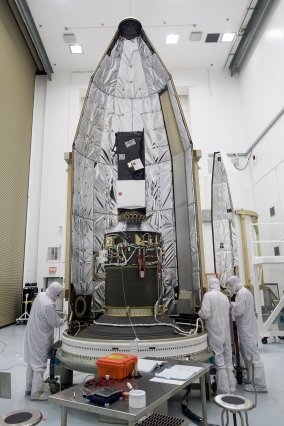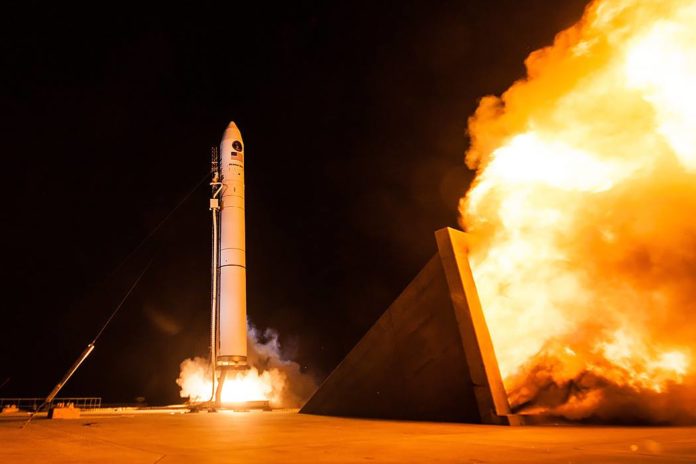In the dimness of 2 a.m. on Aug. 26, the sky over Cape Canaveral, Florida, lit up with the bright plume of a Minotaur rocket lifting off from its platform. Aboard the rocket, a satellite called Operationally Responsive Space (ORS) awaited its deployment into low Earth orbit.
The ORS-5 SensorSat Satellite is developed by MIT Lincoln Laboratory for the U.S. Air Force to continually scan the geosynchronous belt. The geosynchronous belt is located 36,000 kilometers above Earth. It is also known as a home to a great number of satellites indispensable to the national economy and security.

Photo: Glen Cooper
Currently, the ORS-5 SensorSat satellite is on a 3-year mission. Scientists believe that the data will help them to keep a protective eye on the movements of satellites and space debris in the belt.
Andrew Stimac, the SensorSat program manager said, “There was nothing like seeing the massive Minotaur IV blast our creation into orbit, and then getting those familiar telemetry messages to indicate that it’s really up there and operating just as it did in thermal vacuum testing.”
When the SensorSat has been in the orbit, it has experienced a total checkout process, opened the front of its optical framework, and gathered the primary symbolism of articles in the geosynchronous belt. The nature of the underlying pictures has exhibited that SensorSat uses a very able optical framework that can lead its required mission.
The SensorSat weighs about 226-pounds and has small size as compared to other U.S. satellites that monitor activity in the geosynchronous belt. Due to its optical system design, it has a lower-cost, faster-built option for space surveillance missions than the large systems designed for missions of 10 years or more.
Grant Stokes, head of the Lincoln Laboratory’s Space Systems said, “SensorSat is essentially a simple design, but it is a highly sensitive instrument that is one-tenth the size and one-tenth the cost of today’s large satellites.”

Photo: Glen Cooper
Unlike conventional large surveillance satellites, SensorSat works on a different concept. Its fixed optical system surveys each portion of the belt that is within its current field of view as the satellite orbits Earth.
By making almost 4 passes around Earth per day, it offers up-to-date views of activity in the geosynchronous belt. As it is not aimed at specific known objects, an optional advantage to its idea of operations is that it might see new protests that posture dangers to satellites inside the belt.

Photo: Glen Cooper
Engineers took almost three years to design, develop and test the SensorSat. The efforts involved the design, fabrication, and testing of the satellite structure and cover mechanism, lens optomechanics, telescope baffle, charge-coupled device packaging, electrical cabling, and thermal control.
Mark Bury, assistant leader of the Laboratory’s Structural and Thermal-Fluids Engineering Group said, “Perhaps the most important events occurred during thermal-vacuum testing. The satellite is exposed to conditions similar to those on orbit, and we used that test to validate our thermal design.”
“Even more important, the thermal-vacuum test enabled us to get significant runtime on the avionics and components within the spacecraft, emulating the communication cadence and data streams that we would eventually see on orbit.”
